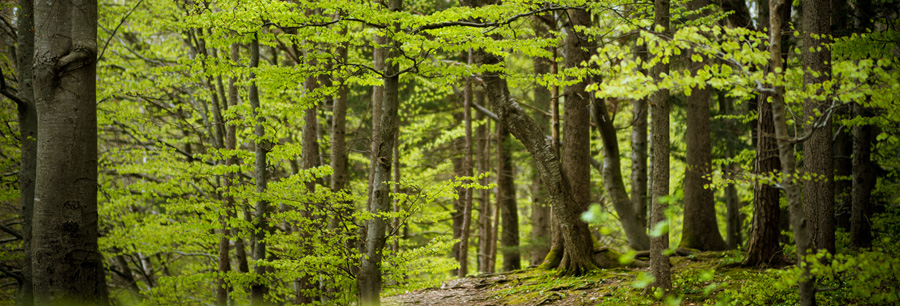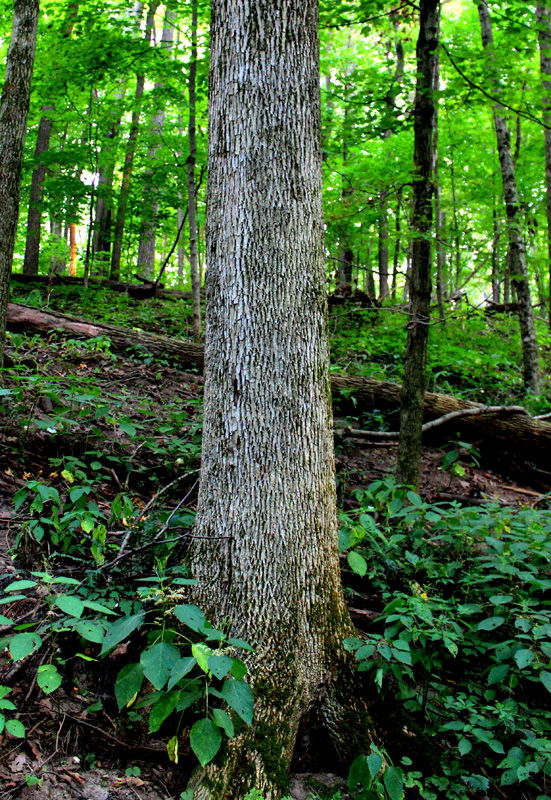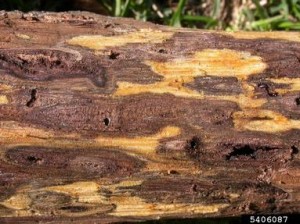As many of you know the emerald ash borer (EAB) is an invasive insect from Asia that has caused widespread death to ash trees starting in southeastern Michigan and spread as far south as Virginia and Missouri. For a long term strategy to control EAB the U.S. Forest Service has decided to use the insect’s natural enemies from Asia (EAB is not a major problem in its native range due to these natural enemies) to combat the destructive beetle.
Since 2004 the U.S. Forest Service has been raising two Asian species of non-stinging parasitic wasps, O. agrili and T. planipennisi . In 2007 the laboratory research on the parasitoids was completed and after an Environmental Assessment the parasitoid releases began in July of 2007. In later years the parasitoids were found established in the areas they were released.
The effects of the biological control agents are being evaluated by monitoring the health of ash timber within the areas they were released and areas nearby. Whether or not the biological control will be a success will remain to be seen.
http://www.nrs.fs.fed.us/disturbance/invasive_species/eab/control_management/biological_control/




